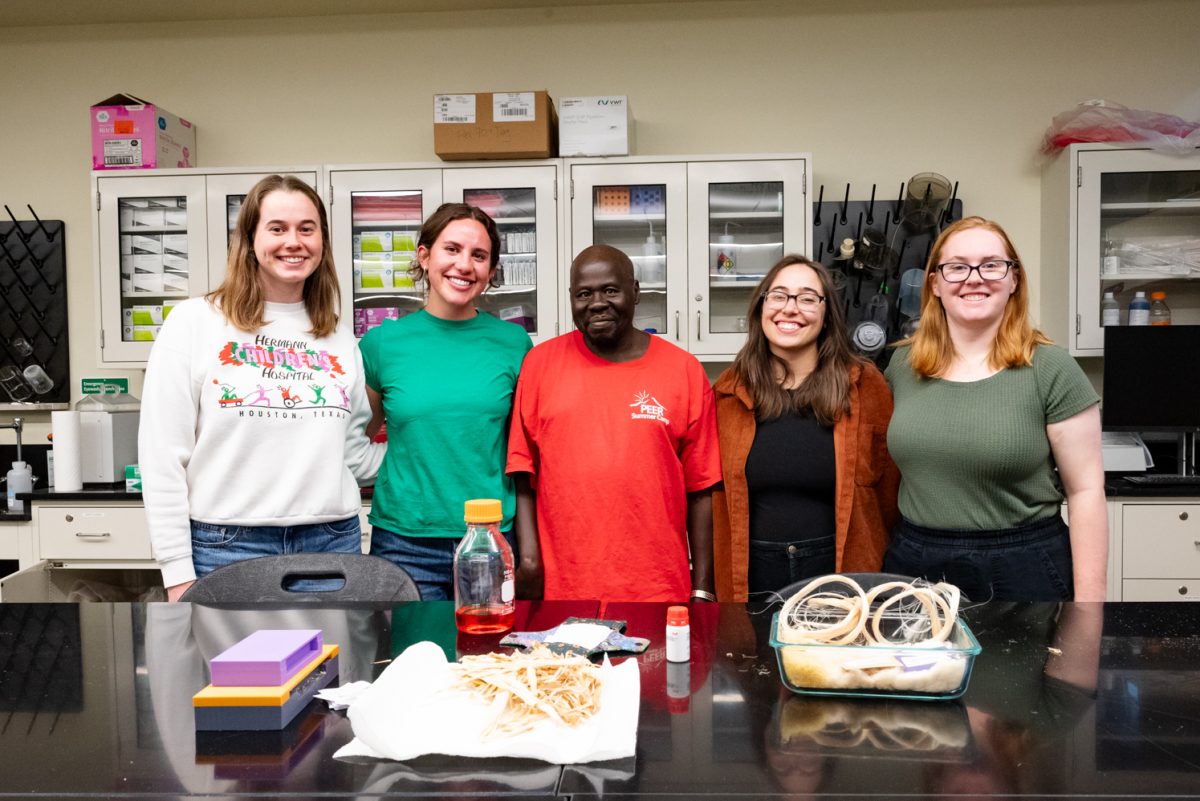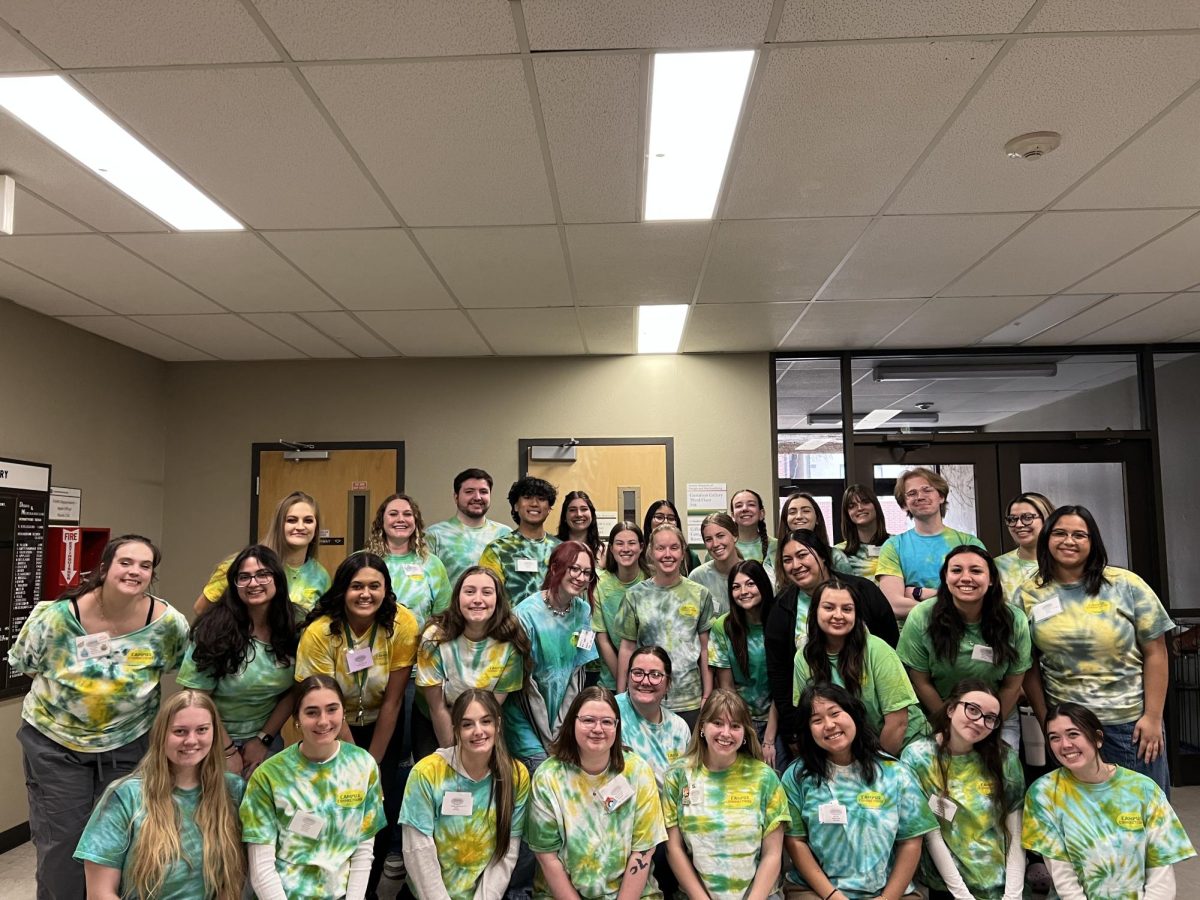In September 2019, a new internet sensation swept across the nation: Storm Area 51. With the motto, “They can’t stop all of us,” millions of people became obsessed with the idea of discovering secrets about extraterrestrial life assumed to be hidden in the military installation Area 51. While the raid turned out to be relatively peaceful, it did not stop the discussion of the possibility of life beyond Earth’s solar system.
People have reported encounters with extraterrestrial life and UFOs since the 1940s. The reports of these extraterrestrial encounters have only grown over the decades, resulting in a cult of alien abduction believers.
“We often remember things as we think (they) should be. We’re very good at incorporating details into memory.” –Matthew Rhodes, cognitive psychologist and professor
While there is still research going on about the potential of life existing somewhere beyond Earth’s solar system, there has been no definitive evidence to confirm their existence. So what factors can contribute to people’s belief that they have been abducted by aliens?
Psychology offers the innate faults of human memory as a possible explanation for people’s belief that they have encountered extraterrestrial life.
Matthew Rhodes, a cognitive psychologist and a professor of psychology at Colorado State University, talked about the concept of reality monitoring.
“’Did I turn the light off?’” Rhodes said. “Reality monitoring is the, ‘Did I imagine this, or did I actually do this?'”
Human reality monitoring is not always accurate and, therefore, can make it hard for people to distinguish real events from imagined events. Faulty reality monitoring can make it easy for people to believe an imagined event, such as an alien abduction, actually happened.
“We often remember things as we think (they) should be,” Rhodes said. “We’re very good at incorporating details into memory.”
But how does this account for the similarities between people’s stories about their close encounters? Many people who claim to have been abducted share similar details about their captors, including their large heads, big eyes and strange fingers.
“One piece of evidence from abduction survivors (is that) everybody’s stories are so similar,” Rhodes said. “How would you explain that?”
Rhodes said the similarities between people’s recollections of alien abductions can be attributed to a “cultural script.” Movies, television programs and even books all give a very clear description of what an alien abduction should be like.
In “The Skeptics’ Guide to the Universe,” Steven Novella discusses five different ways the human brain can alter its memory: fusion, confabulation, personalization, contamination and distortion.
Human brains naturally want to construct a continuous memory and therefore use these different concepts in order to make memories more continuous and consistent. People can fuse details of different memories, completely make things up to fill memory gaps, make themselves the main characters of memories, incorporate details contributed by someone else or simply forget or change details of a memory over time.
These techniques to make memories continuous, in addition to the cultural script surrounding alien abductions, account for the seeming consistency between these abduction stories.
However, beyond psychology, is there evidence to support the existence of extraterrestrial life? Research done by government organizations points to the conclusion that extraterrestrial life does not exist.
Sean Kirkpatrick, the first director of the All-domain Anomaly Resolution Office, talked about the mission of this office and its work concerning unidentified anomalous phenomena, previously referred to as unidentified flying objects.
“The historical mission (of AARO) was to research everything the (U.S. government) has done with regards to UAP/UFOs going back to 1945 and to investigate claims of government conspiracies to hide the reverse engineering of extraterrestrial technology,” Kirkpatrick said.
After data collection and examination using rigorous scientific framework, AARO has found no evidence thus far that supports the existence of extraterrestrial life. However, all accounts of UAPs are still currently being investigated.
“Of all the cases we had reported to us, both in the operational mission and in the historical mission, there was no evidence of anything having to do with extraterrestrial technology,” Kirkpatrick said. “Everything for which data existed was traceable to either natural phenomena or human-made terrestrial technology.”
Reach Hana Pavelko at science@collegian.com or on Twitter @CSUCollegian.











Steve Bassett • May 1, 2024 at 3:43 pm
Change your name to the “Gradeschoolian” because this is ignorant tripe.